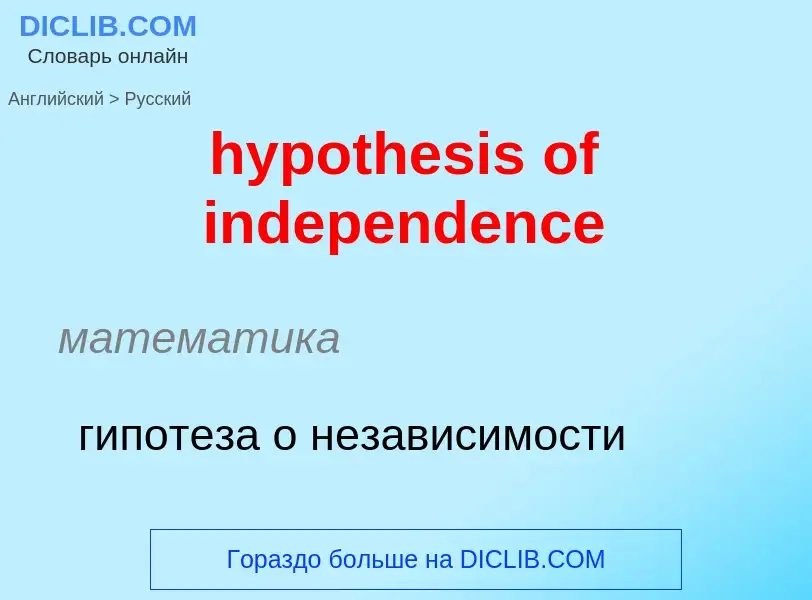Tradução e análise de palavras por inteligência artificial ChatGPT
Nesta página você pode obter uma análise detalhada de uma palavra ou frase, produzida usando a melhor tecnologia de inteligência artificial até o momento:
- como a palavra é usada
- frequência de uso
- é usado com mais frequência na fala oral ou escrita
- opções de tradução de palavras
- exemplos de uso (várias frases com tradução)
- etimologia
hypothesis of independence - tradução para russo
математика
гипотеза о независимости
Definição
.
Wikipédia

The Armenian hypothesis, also known as the Near Eastern model, is a theory of the Proto-Indo-European homeland, initially proposed by linguists Tamaz V. Gamkrelidze and Vyacheslav Ivanov in the early 1980s, which suggests that the Proto-Indo-European language was spoken during the 5th–4th millennia BC in "eastern Anatolia, the southern Caucasus, and northern Mesopotamia".
Recent ancient DNA research has led to renewed suggestions of a Caucasian homeland for a 'pre-proto-Indo-European'. Particularly, an admixture between the Khvalynsk and Caucasian Copper Age burials gave rise to the ancestry that later became known as a typical marker (WSH - Western Steppe Herders) of the Yamnaya pastoralists. It also lends support to the Indo-Hittite hypothesis, according to which both proto-Anatolian and proto-Indo-European split-off from a common mother language "no later than the 4th millennium BCE." These suggestions have been disputed in other recent research, which still locates the origin of the ancestor of proto-Indo-European in the Eastern European/Eurasian steppe or from a hybridization of both steppe and Northwest-Caucasian languages. The origin of the Anatolian languages according to the Near Eastern model has also been challenged because "[a]mong comparative linguists, a Balkan route for the introduction of Anatolian IE is generally considered more likely than a passage through the Caucasus, due, for example, to greater Anatolian IE presence and language diversity in the west."


, by John Trumbull.jpg?width=200)
![independence of Albania]] (28 November 1912) independence of Albania]] (28 November 1912)](https://commons.wikimedia.org/wiki/Special:FilePath/28nentor.jpg?width=200)

![Public proclamation of the [[Estonian Declaration of Independence]] in [[Pärnu]], [[Estonia]] on 23 February 1918 Public proclamation of the [[Estonian Declaration of Independence]] in [[Pärnu]], [[Estonia]] on 23 February 1918](https://commons.wikimedia.org/wiki/Special:FilePath/Declaration of Estonian independence in Pärnu.jpg?width=200)
![Brazil's independence]] on 7 September 1822. Brazil's independence]] on 7 September 1822.](https://commons.wikimedia.org/wiki/Special:FilePath/Independencia brasil 001.jpg?width=200)
![Declaration of independence]] in 1818 Declaration of independence]] in 1818](https://commons.wikimedia.org/wiki/Special:FilePath/JuraIndependencia.jpg?width=200)
![Independence Day of Finland]]. Independence Day of Finland]].](https://commons.wikimedia.org/wiki/Special:FilePath/Senate1917.jpg?width=200)
